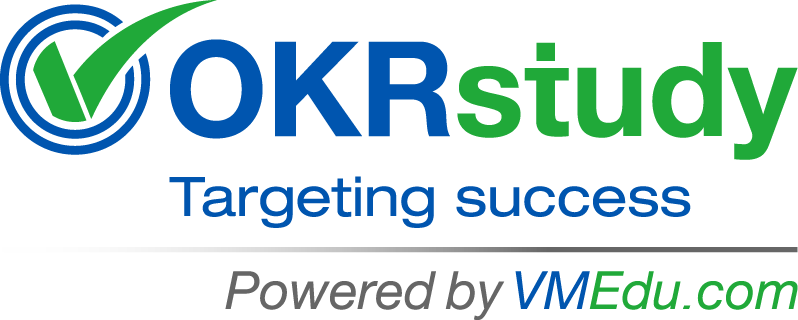Table 3-1 captures the key roles and associated responsibilities in OKR when using various digital OKR tools or SaaS platforms.
| Digital OKR Tools or SaaS Platforms | Roles and Key Responsibilities |
|---|---|
| Vabro |
Organization Admin (CEO, COO, CIO): Define top-level strategic OKRs, review company-wide progress dashboards. Workspace Admin (HR Head, PMO, Customer Service Head, IT Head, etc.): Configure Workspace or Department OKRs and connect them to overall company OKRs for engagement. Product Owners: Configure Projects and Workflows and define contribution to the Company OKRs. Kanban Manager: Update key results relevant to their Kanban Workflows and Board, and request feedback on goal progress. Scrum Master: Update key results relevant to their projects and Board, and request feedback on goal progress. Team Members: Define and manage individual OKRs for improving performance and productivity. Individual OKRs may or may not be connected to company OKRs. |
| Lattice |
Executives: Align company OKRs with employee performance reviews. HR Teams: Configure performance management and OKRs for engagement. Managers: Conduct 1:1 meetings, give feedback on OKRs. Employees: Update key results, request feedback on goal progress. |
| WorkBoard |
Executives (CEO, COO, CIO): Define top-level strategic OKRs, review company-wide progress dashboards. OKR Champions: Set up and manage OKRs across teams, provide training. Team Leaders: Align team objectives, track progress using WorkBoard’s insights. Employees: Update OKR progress, use weekly check-ins for accountability. |
| Weekdone |
Executives: Use company-wide OKR dashboards for visibility. Managers: Monitor OKRs via weekly reports and team pulse updates. Employees: Update OKRs, submit weekly progress reports. |
| Gtmhub |
Executives: Set up automation rules for tracking OKRs. Data Analysts: Use Insights Hub for data-driven OKRs. Managers: Track leading/lagging indicators with advanced analytics. Employees: Provide updates and check-in on team OKRs. |
| Perdoo |
Executives: Use "Roadmap" feature to connect OKRs with company strategy. OKR Champions: Configure OKR cycles and facilitate workshops. Managers: Track team OKRs using Health Reports and Check-ins. Employees: Contribute to team OKRs and update key results. |
| 7Geese |
Executives (C-Level): Set company-wide strategic objectives, ensure alignment across teams, and monitor overall performance. OKR Program Owner / Champion: Implement the OKR framework, train teams on best practices, and maintain consistency in OKR processes. Department Heads: Align departmental goals with company strategy, monitor progress, and support cross-functional collaboration. Team Leaders / Managers: Break down department OKRs into actionable team goals, conduct regular check-ins, and provide feedback. Individual Contributors: Set personal OKRs aligned with team goals, track progress regularly, and engage in continuous feedback loops. HR & People Ops Teams: Integrate OKRs with performance management processes, promote a feedback-driven culture, and support employee engagement. Data Analysts: Analyze OKR performance data, provide actionable insights for leadership, and support data-driven forecasting. |
| Koan |
Executives: Ensure goal alignment through reflection prompts. Managers: Monitor team progress using team dashboards. Employees: Provide feedback and insights in regular check-ins. |
| Ally.io |
Executives: Monitor OKRs across departments using Goal Trees. Managers: Set cascading OKRs aligned with business priorities. Employees: Track personal and team progress, contribute insights. |
| Profit.co |
Executives: Align corporate strategy with OKRs via strategy planner. OKR Champions: Configure OKR processes, assign ownership. Managers: Track OKR alignment with KPIs. Employees: Regularly update and manage progress on personal/team OKRs. |
| JOP (Joy of Performing) |
Executives: Align OKRs with business vision. HR Teams: Manage engagement, track OKRs alongside performance. Managers: Guide teams through OKR-based performance plans. Employees: Use AI-driven coaching for OKR improvements. |
| Leapsome |
Executives: Drive business alignment through OKRs and feedback cycles. HR Teams: Integrate OKRs with performance and learning. Managers: Align OKRs with team objectives and career growth. Employees: Track progress, receive feedback, and align learning with OKRs. |
| Mooncamp |
Executives: Monitor high-level strategic OKRs. Managers: Define department-wide OKRs and track progress. Employees: Update OKRs and provide status reports. |
| 15Five |
Executives: Define company-wide OKRs using Best-Self Review. HR Teams: Set up OKR-driven performance check-ins. Managers: Track OKRs through weekly pulse surveys. Employees: Align personal growth with team OKRs. |
| Quantive |
Executives: Use OKR analytics to drive business strategy. Managers: Align business intelligence (BI) with OKRs. Employees: Integrate daily work with measurable outcomes. |
| Betterworks |
Executives: Align corporate OKRs with HR-driven performance management. OKR Champions: Manage OKR lifecycle, set cadence for tracking. Managers: Link OKRs to employee performance plans. Employees: Regularly update OKRs and track feedback loops. |
